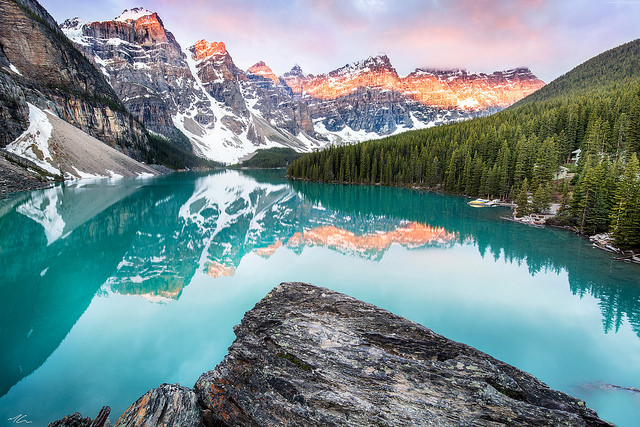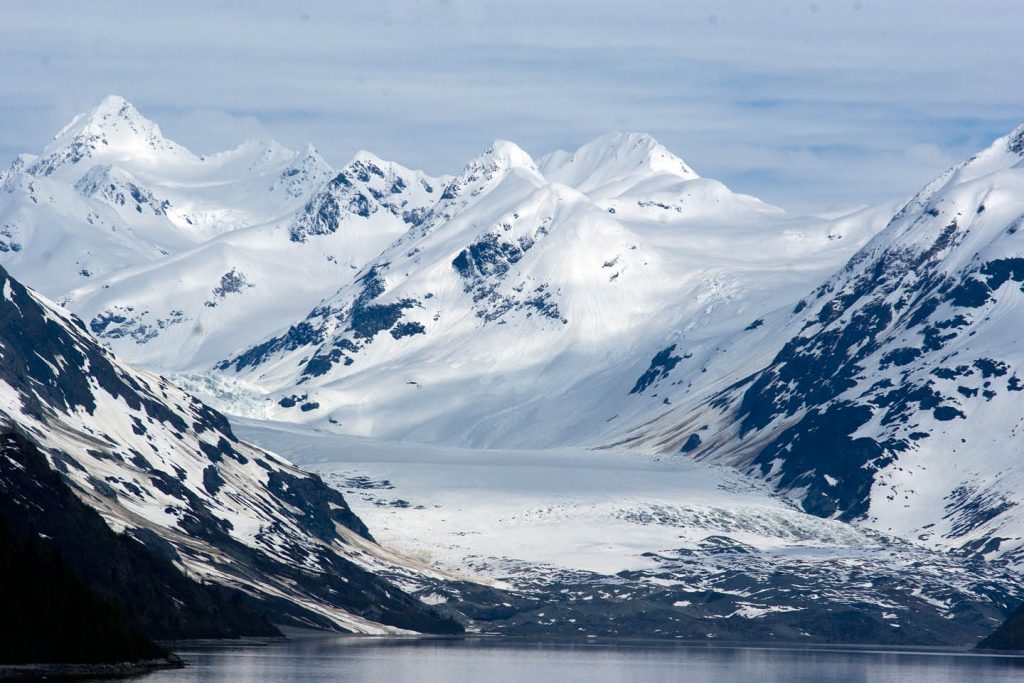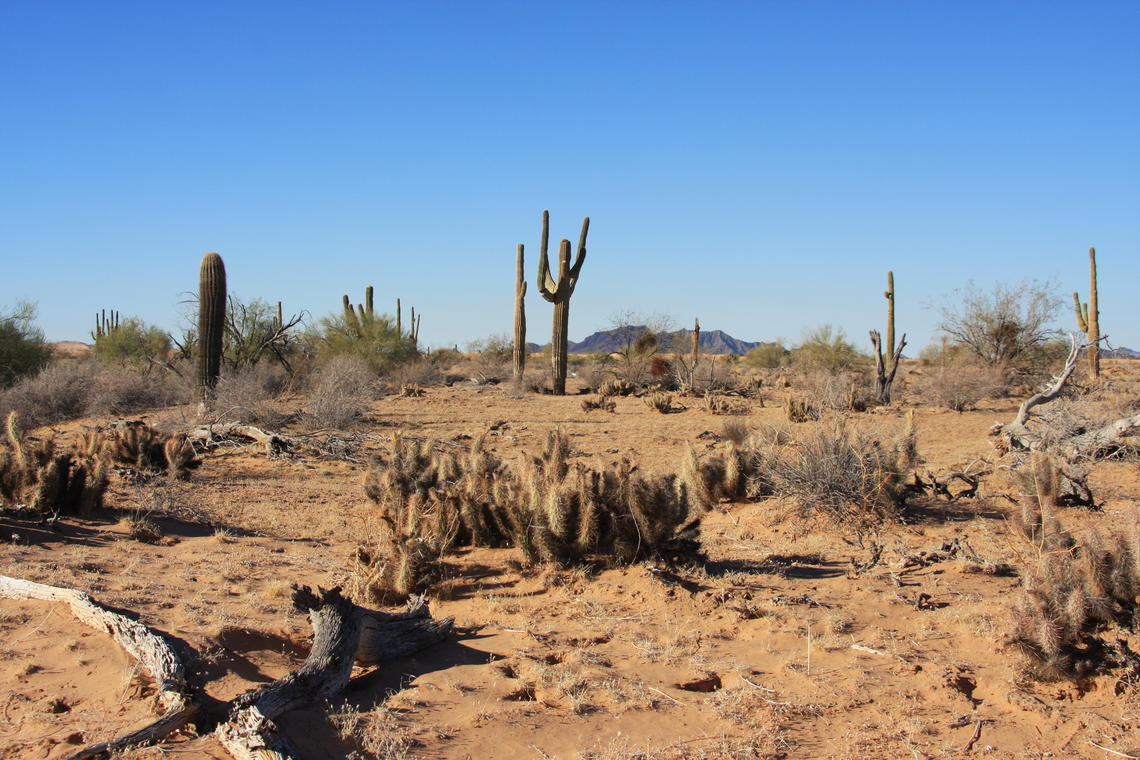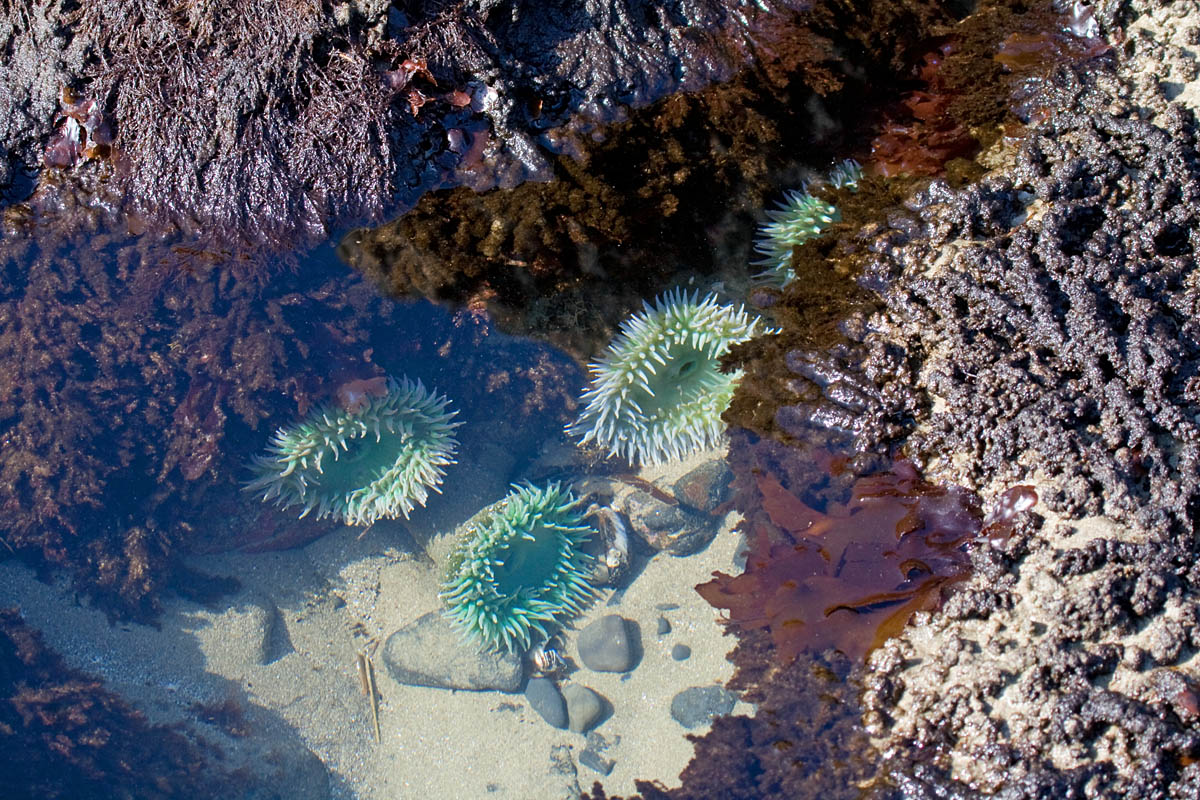4.1 Read: About Sense of Place Through Description
4.3 Ecosystems A Picture is Worth 1000 Words
Ecosystems
An ecosystem is a community made up of living organisms (biotic components) and nonliving components such as air, water, and soil (abiotic components). Ecosystems include interactions among organisms, and between organisms and their environment. Ecosystems can be of any size but each ecosystem has a specific, limited space. Some scientists view the entire planet as one ecosystem.
Ecosystems are controlled by both external and internal factors. External factors such as climate, the parent material that forms the soil, topography and time each affect ecosystems. However, these external factors are not themselves influenced by the ecosystem. Ecosystems are dynamic: they are subject to periodic disturbances and are often in the process of recovering from past disturbances and seeking balance. Internal factors are different: They not only control ecosystem processes but are also controlled by them. Humans operate within ecosystems and can influence both internal and external factors. Global warming is an "alleged" example of a cumulative effect of human activities. Ecosystems provide benefits, called ecosystem services, which people depend on for their livelihood.
Here are 4 different ecosystems: Forest, tundra, desert, and marine. These are links to the images so you can see a bigger picture and the source.
 |
 |
 |
 |
To learn about ecosystems and their interactions.
Assignment: For the first part, select one of the ecosystems and brainstorm all the different ways that your senses are awakened. Describe the place by appealing to all 5 senses. Think about how all the different parts in your ecosystem are working together. How do all the different parts interact? What is their connection to each other? Please fill in the chart.
Then in the second part, write a descriptive paragraph that clearly creates a vivid picture of the place you selected. Be sure to use lots of imagery and figurative language. Remember imagery is description using the 5 senses. What sights do you see? Any smells? Sounds? Obviously, you will have to use your imagination. Then you'll need to include some figurative language. Why not try a simile - a comparison using like or as? HOW cold is it? What about a metaphor? Or even try hyperbole. .
|
Open your learning guide and complete the assignment Ecosystems 4.3. |